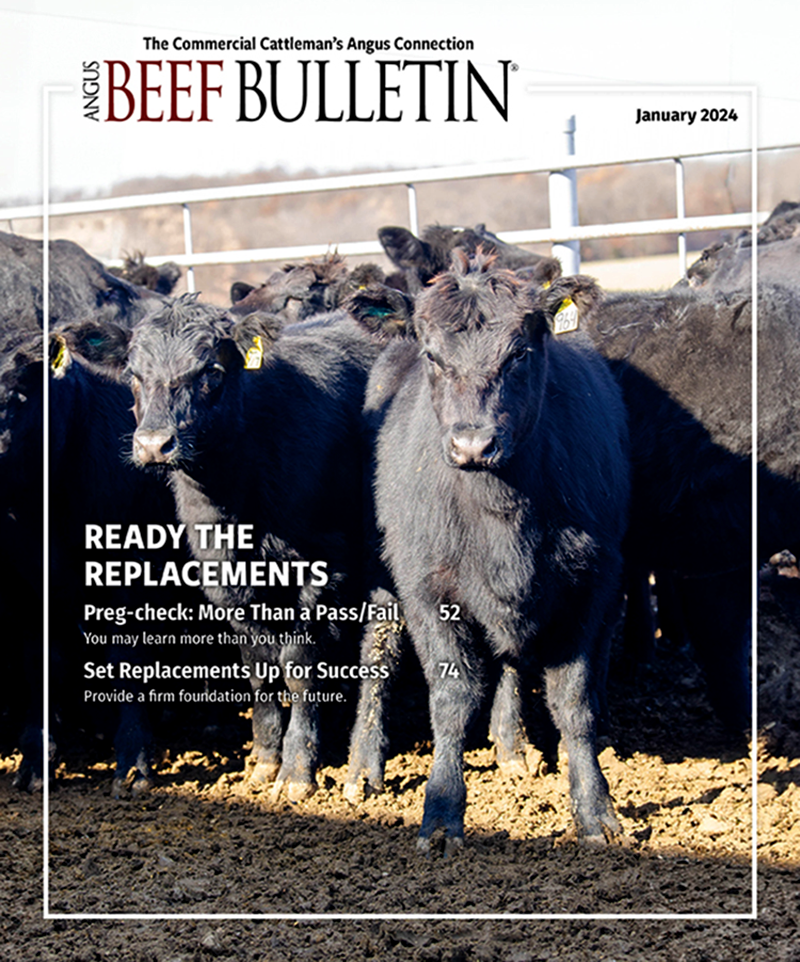Retaliatory Tariffs Could Negate USMCA Export Gains
New analysis warns of potential for further export declines if NAFTA were abandoned.
Market access improvements included in the United States-Mexico-Canada Agreement (USMCA) will lead to an expansion of U.S. agricultural exports by $450 million, mostly in the dairy and poultry sectors, according to a new analysis. However, those gains will be more than negated by retaliatory measures taken by Canada and Mexico in reaction to the United States’ decision to raise import tariffs on steel and aluminum imports.
The analysis, How U.S. Agriculture Will Fare Under the USMCA and Retaliatory Tariffs, was commissioned by the Farm Foundation and completed by Purdue University agricultural economists Dominique van der Mensbrugghe, Wallace Tyner and Maksym Chepeliev.
The analysis estimates the retaliatory measures from Canada and Mexico “will cause U.S. agricultural exports to decline by $1.8 billion,” the Purdue economists report. With continued retaliatory tariffs from China and other trading partners, “the United States would see a decline in agricultural exports of $7.9 billion, thus overwhelming the small positive gains from USMCA.”
The USMCA was reached Oct. 1, 2018, but must still be ratified by all three nations.
The economists cite two other studies that looked at what would happen to U.S. agricultural exports if the USMCA is not ratified and the United States were to withdraw from the North American Free Trade Agreement (NAFTA). One scenario for the three countries would be to revert to so-called most favored nation (MFN) status under which it is estimated U.S. agriculture exports “would decline by more than $9 billion, and lead to higher consumer prices for food.”
One of the first in-depth analyses completed since an agreement on USMCA was reached, the Purdue analysis had three components: the impact of USMCA on U.S. agriculture; the impacts of the retaliatory tariffs imposed by Mexico and Canada, as well as the rest of the world, in response to import tariffs imposed by the United States; and estimations if the United States were to completely withdraw from NAFTA.
“Farm Foundation saw a need for public and private leaders to understand the potential consequences of USMCA, as well as the retaliatory tariffs,” says Farm Foundation President Constance Cullman.
Key findings of the analysis include:
- The USMCA maintains relatively free market access across the United States, Mexico and Canada, particularly in agriculture. It improves market access for U.S. dairy and poultry exports to Canada, providing a positive export bump in those sectors of $450 million. Dairy exports are expected to increase by 5% and exports of other meat products by 1.6%.
- USMCA has measurable impacts on exports of dairy and poultry to Canada, and “modest” impacts on farm income and labor demand.
- The USMCA was reached in a “volatile trade policy environment” that will create headwinds for U.S. farmers due to retaliatory measures by not only Canada and Mexico, but other nations such as China. Specifically, retaliatory tariffs from Canada and Mexico could cause U.S. agricultural exports to decline by $1.8 billion, and by $1.9 billion to these two key trading partners. The broader trade retaliation could cause U.S. agricultural exports to decline by $7.9 billion, thus overwhelming the small positive gains from USMCA.
- In the 25 years since NAFTA was formed, the share of U.S. agricultural exports to Canada and Mexico has increased to almost 30%, from 14.2%. The analysis cites a study that indicates “a withdrawal from NAFTA, with tariffs reverting to MFN levels, would create a decline in U.S. agricultural exports of more than $9 billion and a loss of export revenue of $12 billion with the two NAFTA partners.”
The full analysis, How U.S. Agriculture Will Fare Under the USMCA and Retaliatory Tariffs, is available on the Farm Foundation website https://farmfoundation.org/trade.
“This analysis is one element in a trade resource center Farm Foundation is building to help public and private leaders in the food and agriculture sector gain perspectives on trade, the tools used to support trade, and the potential consequences when those tools are implemented,” Cullman says.
Editor’s note: This article is from the Farm Foundation.



